A Bunsen burner is a common piece of equipment used in chemistry labs to produce a single, continuous open flame. Here’s how it works:
- Structure:
- Base: The burner has a flat base that provides stability.
- Gas Inlet: Attached to a gas source (usually natural gas or propane).
- Barrel: A vertical metal tube where the gas mixes with air.
- Air Vents: Located at the bottom of the barrel, these can be adjusted to control the amount of air that mixes with the gas.
- Collar: A rotating ring at the base of the barrel that adjusts the size of the air vents.
- Operation:
- Gas Flow: When the gas valve is opened, gas flows through the inlet and into the barrel.
- Air-Gas Mixture: As the gas enters the barrel, it mixes with air. The amount of air mixed can be adjusted by rotating the collar, which opens or closes the air vents.
- Ignition: The gas-air mixture is ignited at the top of the barrel using a spark or flame.
- Flame Control:
- Yellow (Safety) Flame: With the air vents mostly closed, the flame is cooler and yellow, which is safer but less efficient for heating.
- Blue (Heating) Flame: With the air vents open, more air mixes with the gas, producing a hotter, blue flame that is ideal for heating substances.
Uses of a Bunsen Burner in a Chemistry Lab
- Heating Substances: The primary use of a Bunsen burner is to heat substances. It can be used to heat liquids in beakers, test tubes, or crucibles.
- Sterilization: The flame can sterilize small tools, such as inoculation loops in microbiology labs, by burning off any contaminants.
- Combustion Experiments: Bunsen burners are used in experiments involving combustion, such as testing the flammability of materials or demonstrating the principles of combustion reactions.
- Melting and Boiling: The burner can be used to melt solids or boil liquids during experiments to observe phase changes.
- Sublimation: Bunsen burners are used to heat substances that undergo sublimation, where a solid turns directly into a gas without becoming a liquid first.
- Flame Tests: In analytical chemistry, Bunsen burners are used for flame tests to identify the presence of specific metal ions based on the color of the flame produced.
These applications make the Bunsen burner a versatile tool in various chemical processes and experiments.
To conclude, early science labs were organized with rooms filled by glass cases containing instruments and apparatus. They studied in order to better understand the Physics and Chemistry concepts at the root of the Bunsen burner and the experiments on flame tests. University scientific lab can reach secondary-school students with a “learning-by-doing” approach to explain the physics and chemistry concepts, connected to the study, conservation and valorisation of the Bunsen burners of the collections, utilizing the potentialities of museum activities, as keys to success, to give students more hands-on learning experiences.
Labkafe: Lab Equipment and lab Furniture Manufacturer
We are a School laboratory furniture and Lab equipment manufacturer and supplier.
In laboratory furniture including Fume Hood, Lab Benches, Storage cabinets & Lab Pipeline connections, we first design the entire laboratory room keeping in mind the requirements and budget. Also, we take care of the complete designing and installation of laboratory furniture.
In the lab equipment section, we have a wide range of glassware, chemicals, equipment, and other lab accessories. Most of them are available for order online on our website but some of them can be procured on demand.
If you have need:-
- laboratory equipment or lab furniture requirements for school
- composite lab equipment list for school
- Physics lab equipment list for school
- Chemistry lab equipment list for
- Biology lab equipment list for school
- Pharmacy lab equipment
do drop a message through chat or mail us at [email protected] or call +919147163562 and we’ll get in touch with you.
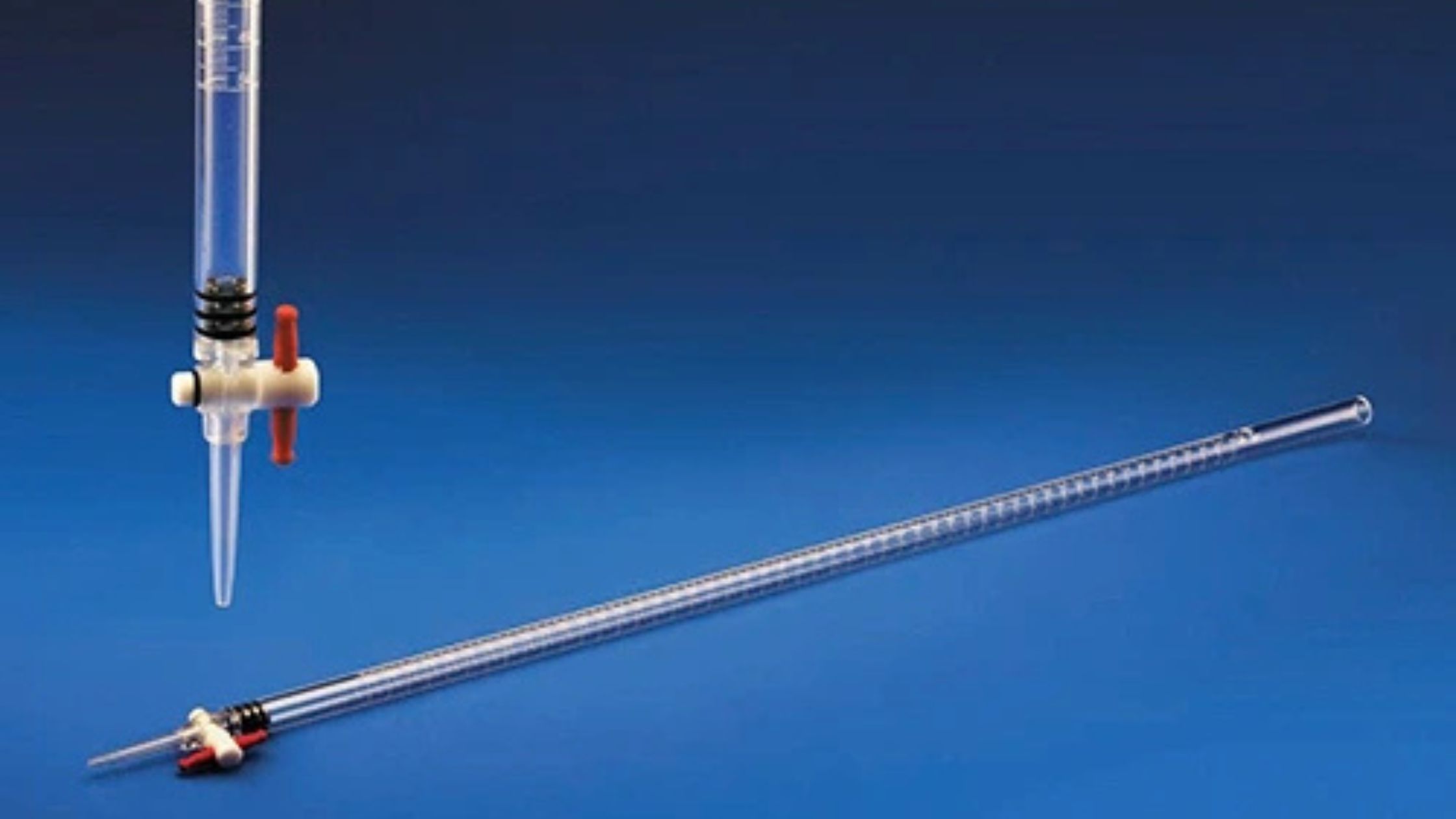
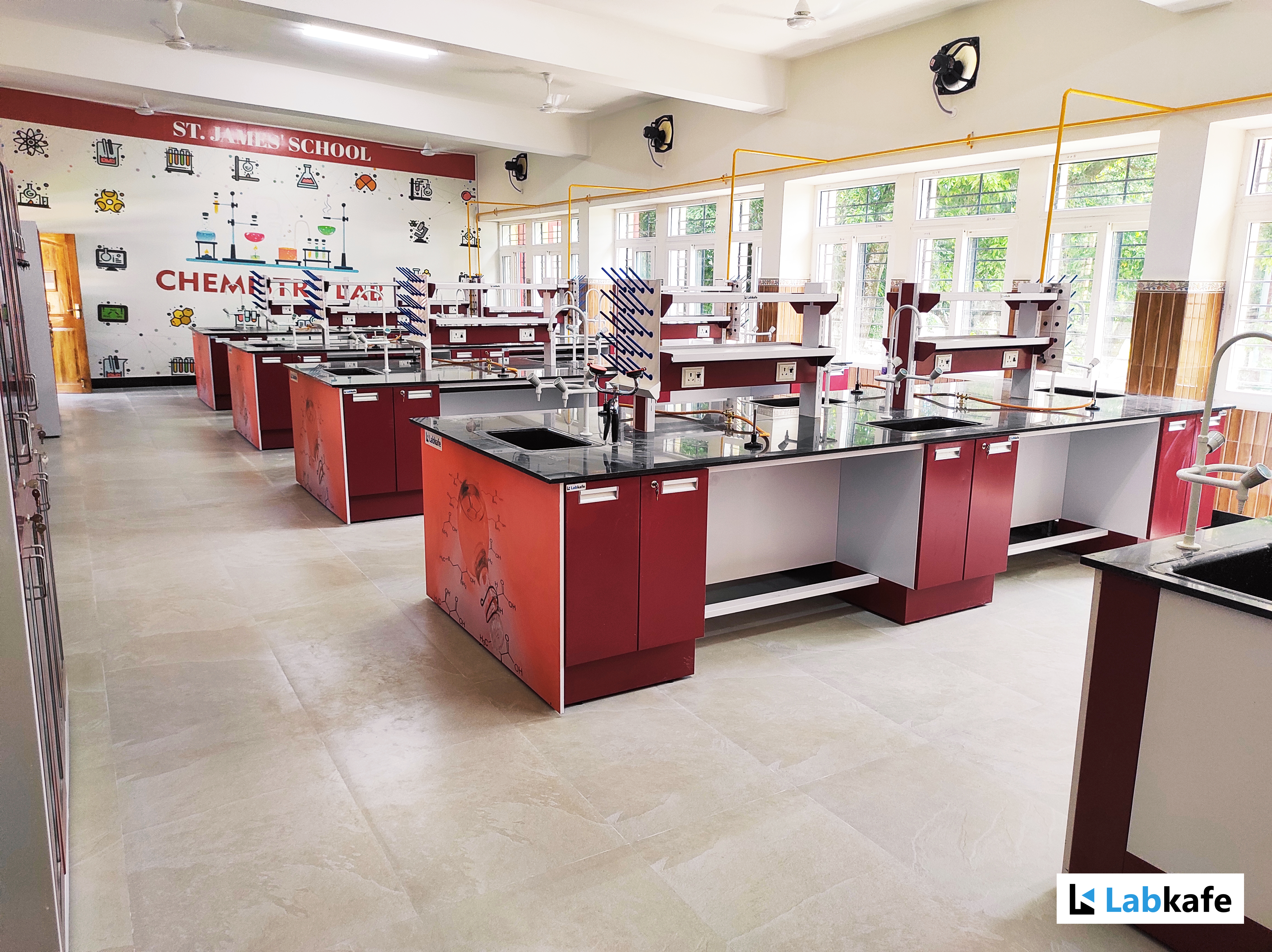
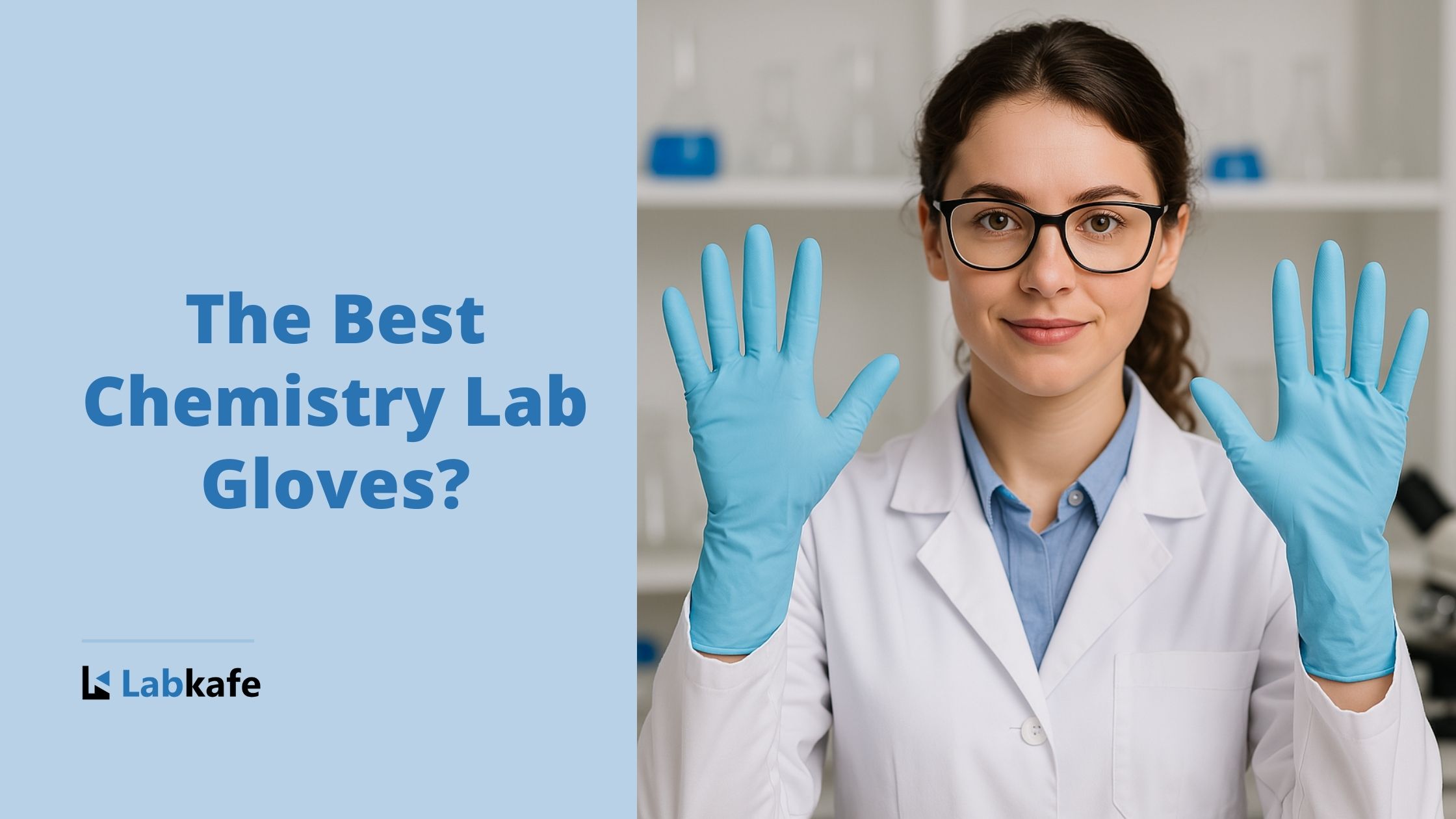
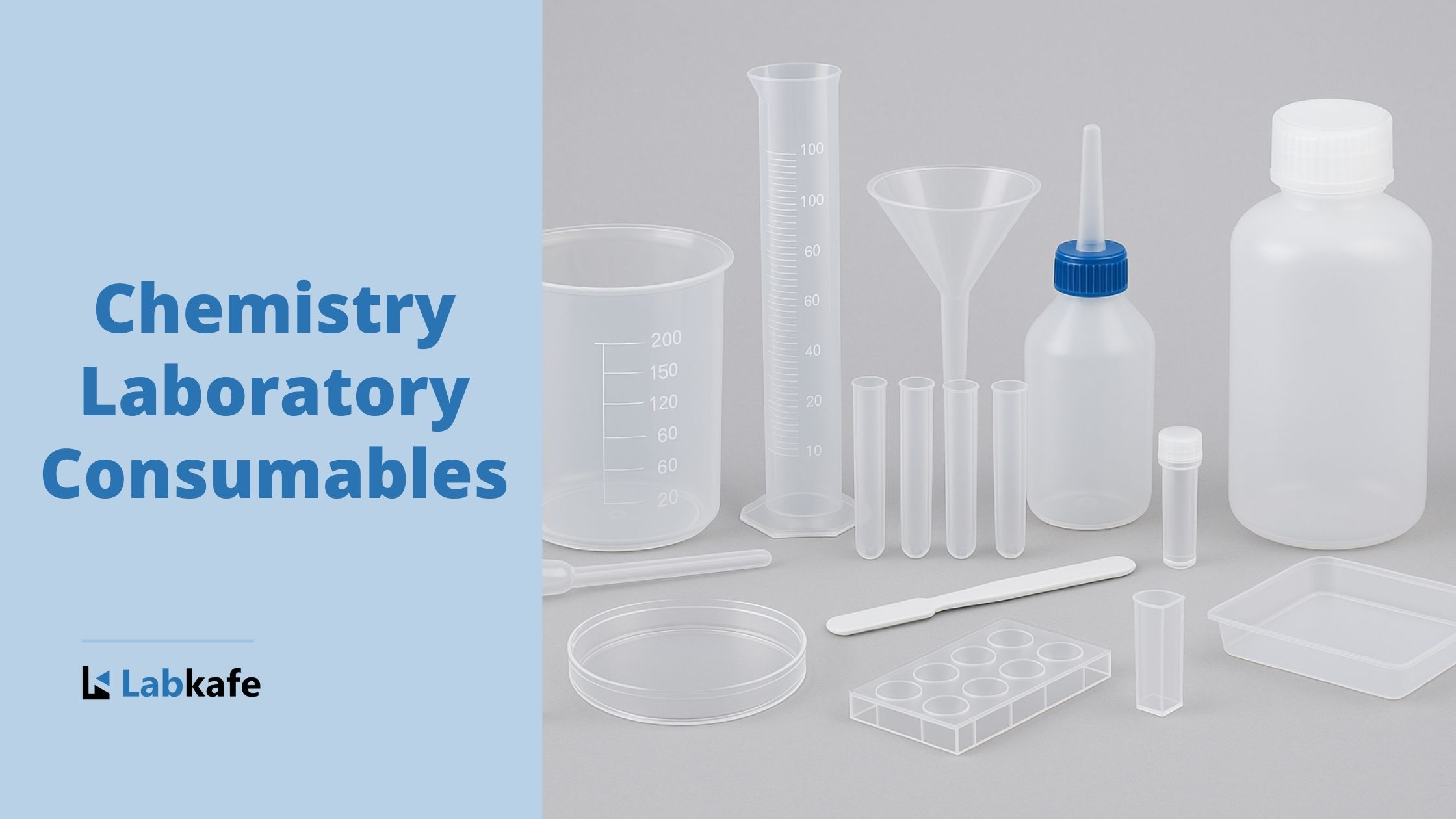
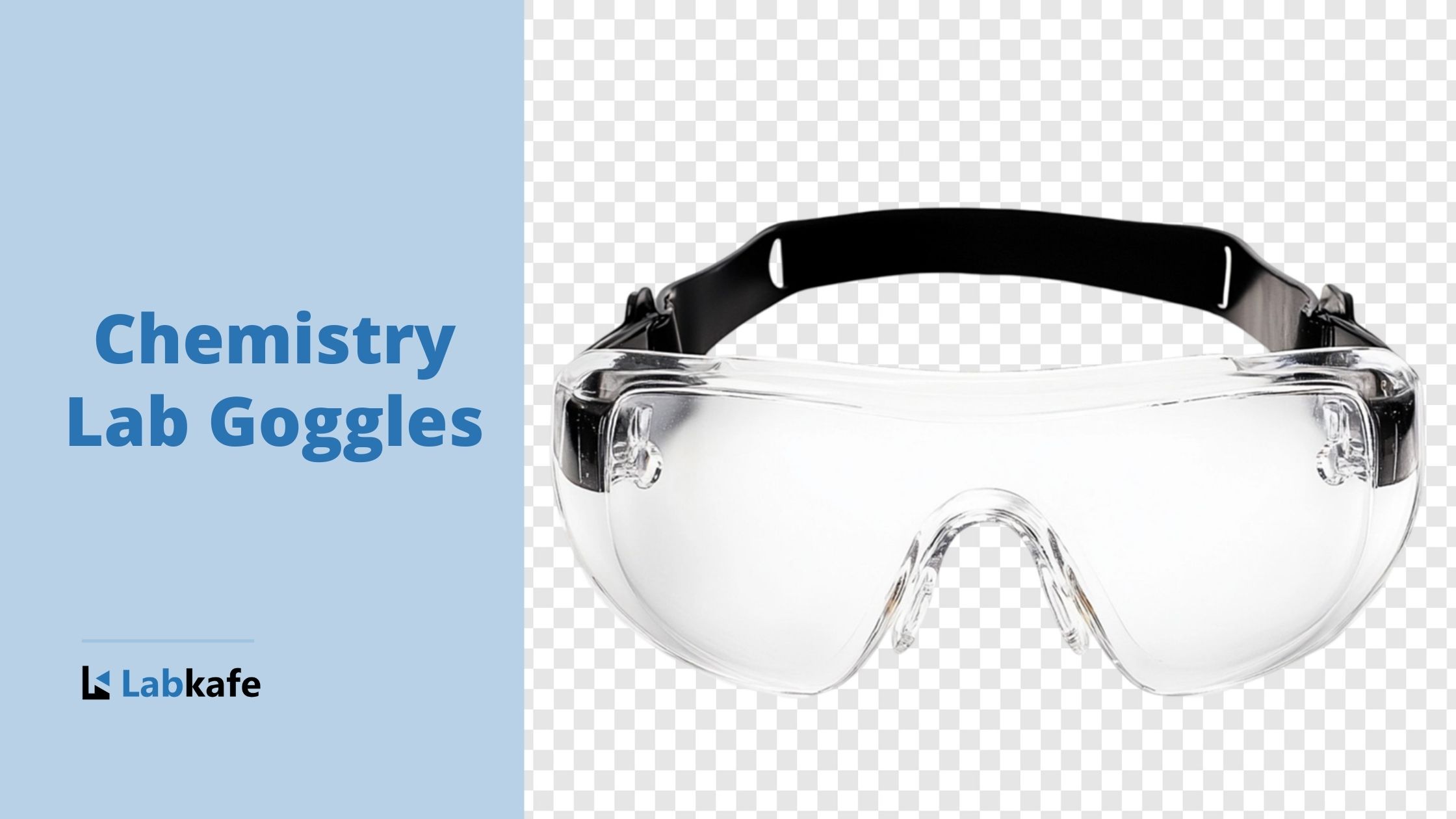







Leave a Reply